Duke of Edinburgh recovering after hip replacement operation
- Published
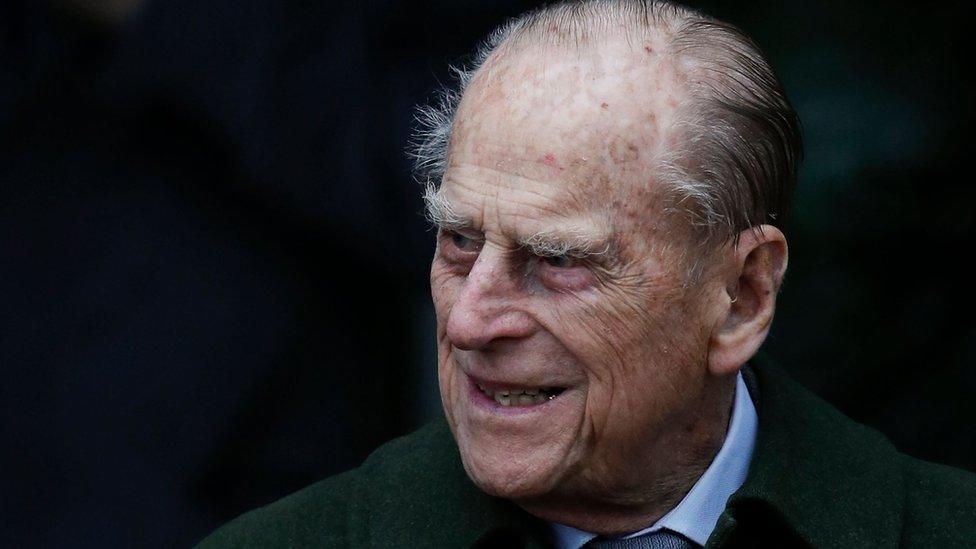
The Duke of Edinburgh is "comfortable and in good spirits" after a successful hip replacement operation, Buckingham Palace has said.
Prince Philip is said to be "progressing satisfactorily at this early stage" after surgery at the King Edward VII's Hospital in London.
He is expected to remain in the private hospital for several days.
The 96-year-old retired from royal duties last August, after decades spent supporting the Queen.
BBC royal correspondent Jonny Dymond said the duke was an "intensely private man" and even at the best of times, the palace would not provide a running commentary.
His condition came to light after his absence from the Easter service at Windsor was attributed to a hip problem.
He also did not attend two other recent events at Windsor Castle - the Royal Maundy Service at St George's Chapel on 29 March, and a parade on 22 March to mark Prince Andrew's appointment as Colonel of the Grenadier Guards.
The operation comes ahead of a busy time for the royal family, with the Duchess of Cambridge due to give birth to her third child this month, and the wedding of Prince Harry and Meghan Markle in May.
The Queen, who is at Windsor Castle for the traditional Easter Court, is being kept up-to-date on the duke's condition.

Prince Philip: Incapacity will be a torment
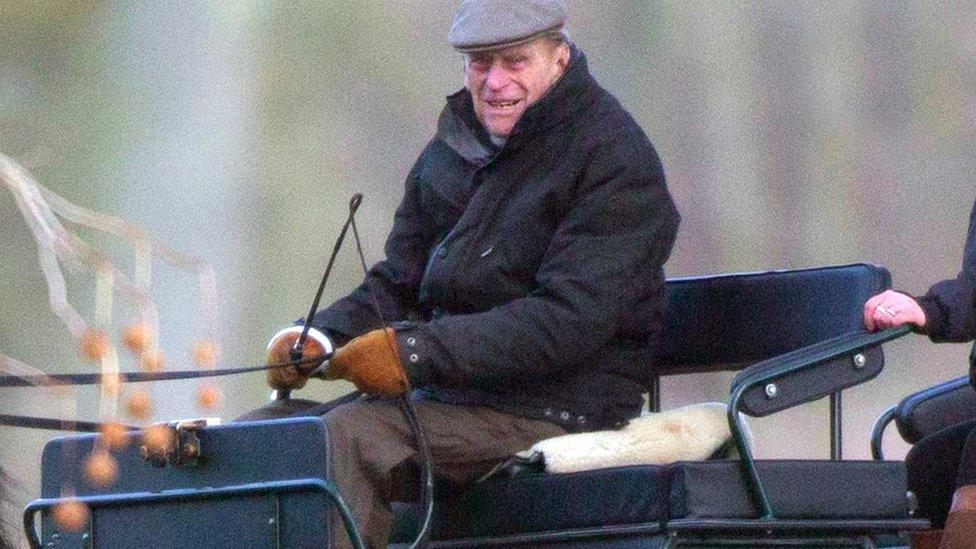
By BBC royal correspondent Jonny Dymond
When he first met the then-Princess Elizabeth, he is said to have showed off by leaping over the tennis court nets at Dartmouth Naval College.
His spin bowling was so good that the Australian cricketing legend Sir Don Bradman said he should play for England.
In the 1960s he was one of the top four polo players in Britain. When he gave up polo, he took up carriage driving.
And all the while he encouraged others to lead a sporting and active life, as president of the National Playing Fields Association, a patron of Outward Bound and through the establishment of the Duke of Edinburgh's Award scheme.
Much of that activity has come to an end as age has taken its toll. The duke is 96. But in early March he was seen carriage driving at Windsor.
Incapacity will be a torment to a man so used to activity. His doctors will want him up and about as soon as possible after the operation, to kick-start the healing process. They will find it difficult to restrain him.

The duke announced his retirement in May 2017. A month later he was admitted to King Edward VII's Hospital as "a precautionary measure" following an infection arising from a pre-existing condition.
His final solo engagement was on 2 August last year, when he reviewed a parade of Royal Marines outside Buckingham Palace in his capacity as Captain General of the corps.
He has since appeared several times at engagements alongside the Queen and was seen with other members of the royal family at the Christmas Day service at Sandringham.
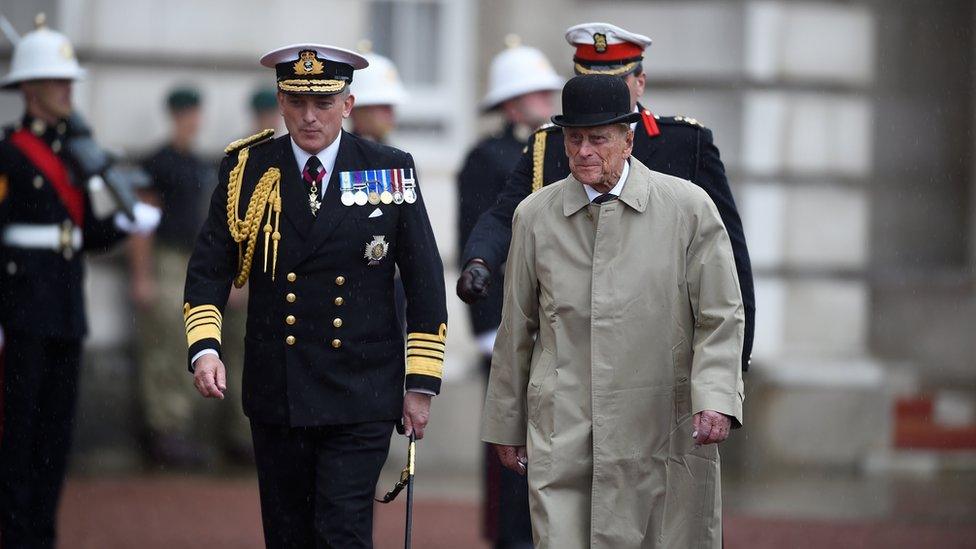
Prince Philip carried out his last solo engagement in August

But he has appeared in public with other royals since
King Edward VII's Hospital, in Marylebone, was founded in 1899 and has treated other senior members of the royal family, including the Queen, the Prince of Wales and the Duke of Cambridge.
Prince Philip has spent much of his life in good health, but was treated for a blocked coronary artery in 2011 and a bladder infection a year later.
In June 2013 he spent 11 nights at the London Clinic, another private hospital in central London, where he underwent exploratory abdominal surgery.
In May 2014, he had a "minor procedure" on his right hand, with the treatment carried out inside Buckingham Palace.

Analysis
By BBC health and science correspondent James Gallagher
A hip replacement completely rebuilds the hip joint.
The top of the thigh bone is removed and replaced with a metal stem that has a smooth ball on the end.
Part of the pelvis is also hollowed out and fitted with a socket for the ball to move in.
Recovery will depend on the individual patient but, in general, doctors get patients on their feet as quickly as possible and discharge them three to five days after the procedure.
There will be physiotherapy exercises to do at home and crutches are needed for about four to six weeks.
Patients tend to feel back to normal after about three months.
Most hip replacements are carried out on patients between the ages of 60 and 80 but overall fitness is a bigger factor than age in any decision to operate.
Figures for the UK, excluding Scotland, show 851 people over 90 had a hip replacement in 2016.
In the 1990s, the Queen Mother underwent two successful hip operations, aged 95 and 97.


- Published1 April 2018
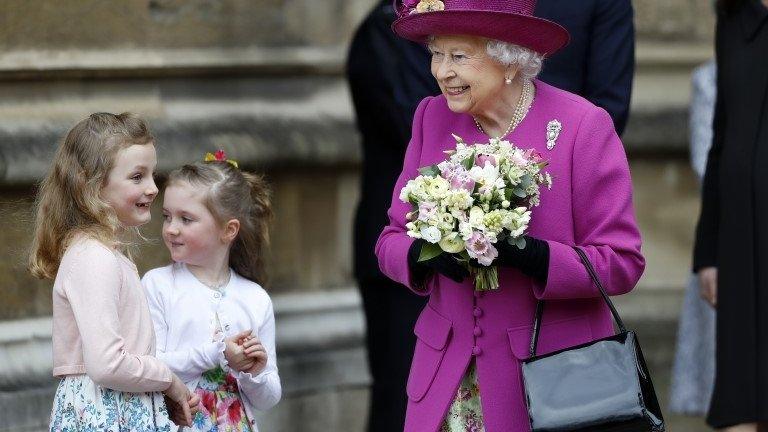
- Published20 November 2017

- Published23 August 2017
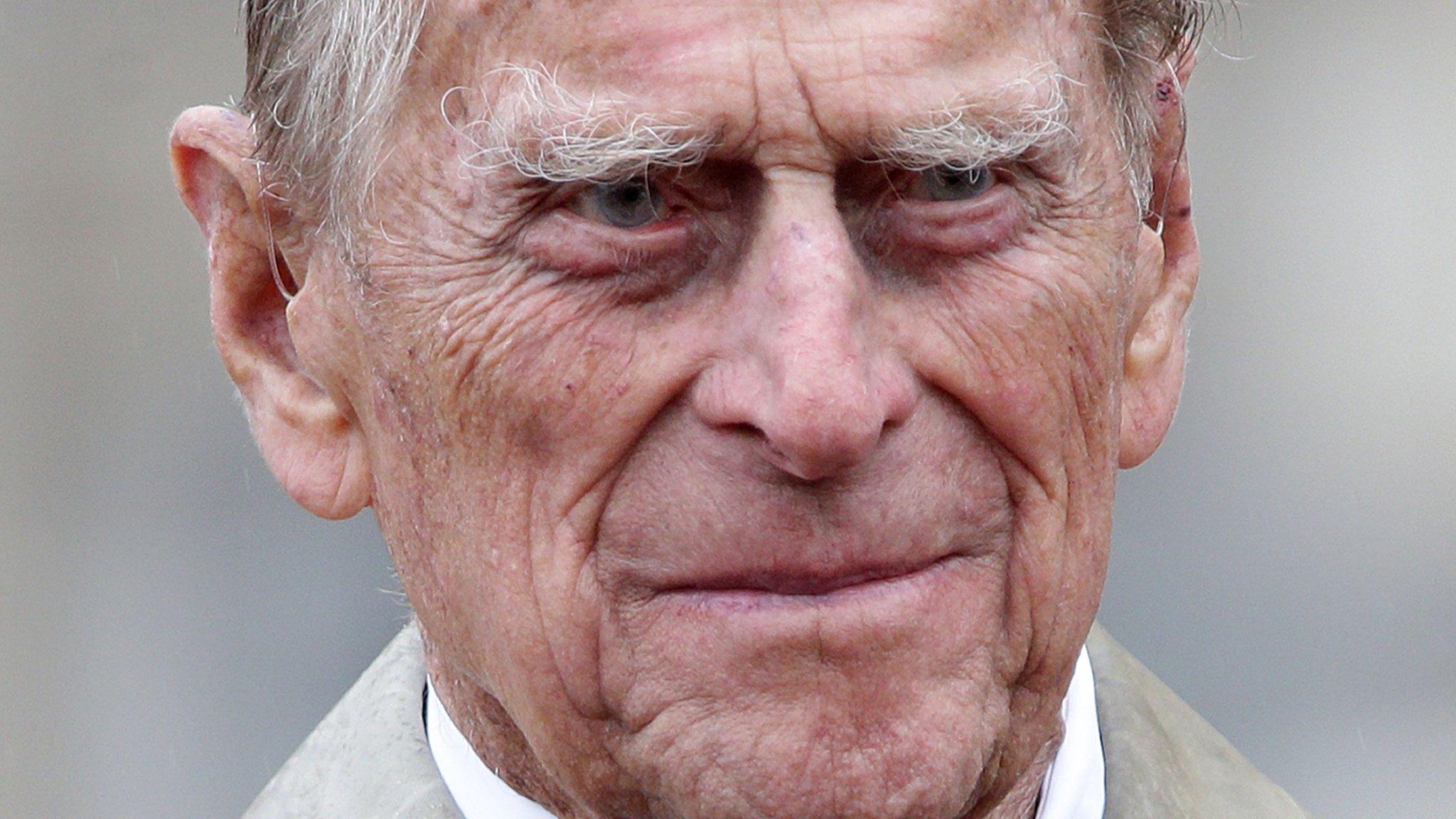
- Published2 August 2017
